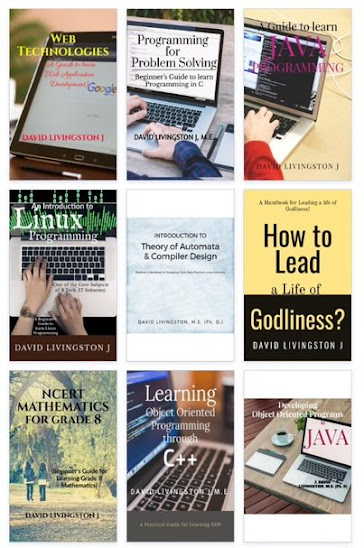Advanced Computing Paradigms
Mobile computing:
- In mobile computing handheld devices are used for processing and they communicate with each other through wireless medium. This includes smart phones, tablets, smart watches, and other portable devices that users interact with.
- Mobile Ecosystem refers to the networking infrastructure, technologies and services that enable end users to make use of mobile computing and communication.
- The mobile ecosystem has become a fundamental part of modern life, impacting how we communicate, work, learn, and interact with the world around us.
- Some of the useful applications of mobile computing include:
- Voice communication
- Sending and receiving messages
- Video call or conferencing
- Sending and receiving money using applications online
- The users of mobile computing environment will be able to access data and applications from any device and on any network while on the move.
- While on the move, the preferred device will be a mobile device, while back at home or in the office the device could be a desktop computer.
- To make the mobile computing environment ubiquitous (seeming to be everywhere or in several places at the same time), it is necessary that the communication bearer is spread over both wired and wireless media.
Bio Computing:
- Bio Computing refers to the user of biological systems like DNA or cells to perform computations.
- It's a field that seeks to harness the computational capabilities of biological molecules and systems, going beyond traditional silicon-based computers.
- Bio Computing Systems make use of biologically derived or simulated molecules (or modules) that perform computational processes in order to solve a problem.
- The biologically derived models aid in structuring the computer program that becomes part of the application.
- Using the concepts and techniques defined in this computing, scientists can explore proteins and DNA, which are the basic building blocks of the nature.
- Examples include DNA computing, which utilises DNA's structure for data storage and manipulation, and cellular computing, in which programs make use of biological cells to perform computational tasks.
Optical computing:
- Optical computing, also known as photonic computing, is a revolutionary computing paradigm that utilises light waves (photons) instead of electrical signals (electrons) for data processing, storage, and communication.
- Photons can transmit data much faster than electrons, potentially leading to significantly increased computational speeds.
- Optical computing system uses the photons in visible light or infrared beams, rather than electric current to perform computations.
- Instead of manipulating electron flow in silicon chips, optical computing manipulates the properties of light, such as intensity, phase, polarization, and wave length, to encode and process information.
- Optical computing also takes advantage of visible and/or IR networks at the device and component level, which will result in a system that runs 10 times or more faster than a conventional electronic computer.
- Optical fibre is the medium of communication used for data transmission over long distances in optical computing.
A Video Presentation on Optical Computing
Quantum Computing:
- Quantum computing is an advanced form of computation that leverages the principles of quantum mechanics to solve complex problems that are intractable for even the most powerful classical computers.
- Quantum computing is built using quantum-based solutions that replaces Integrated Circuits (ICs) with quantum-based chips for increasing the speed of the processing, further.
- Quantum computers can work much more faster than that of the super computers.
- At the most fundamental level itself, quantum computing works differently than that of the existing conventional (serial) and parallel systems.
- Qubits (Quantum Bits): Unlike classical bits which can only be either 0 or 1, qubits can exist in a superposition of both 0 and 1 simultaneously. This means a single qubit can hold more information than a classical bit.
- Although they are available in the form of prototype, they have not been proved to be an alternative for today's silicon based machines.
A Video Presentation on Quantum Computing
Nano Computing:
- Nano computing refers to computing system that are constructed using nano scale components.
- In this type of computing systems, computers are made up of transitions constructed using carbon nano tubes instead of silicon transistors which are generally used in the construction of traditional computers.
- The successful realisation of nano computers totally depend on the nano scale and integration of nano tubes in forming the transistors.
- Nano computing face two major issues in bringing this computing paradigm into reality:
- Issues of scale
- Issues of integration
- The issues of scale is related to the dimensions of the components; they are, at most, a few nano meters in at least two dimension.
- The issues of integration of the components are twofold:
- The manufacture of complex arbitary patterns may be economically infeasible
- Nano computers may include massive quantities of devices



